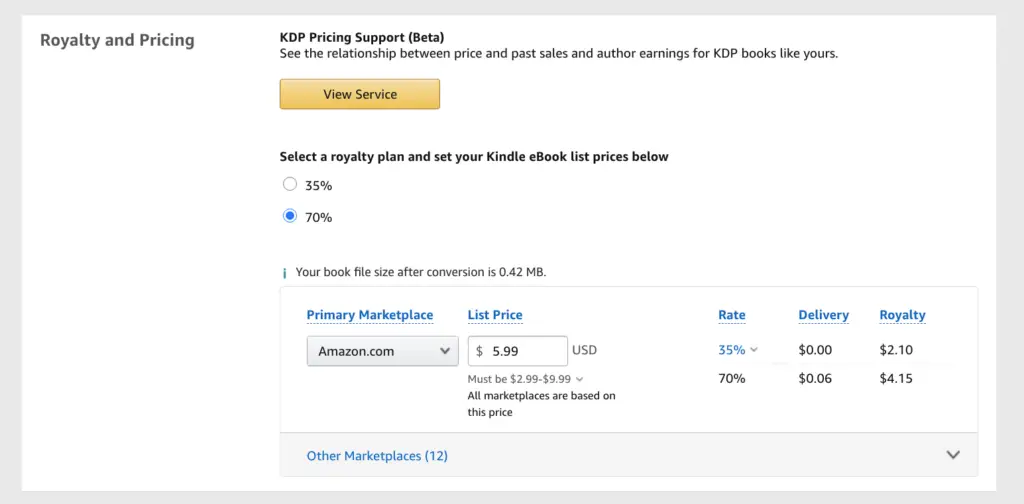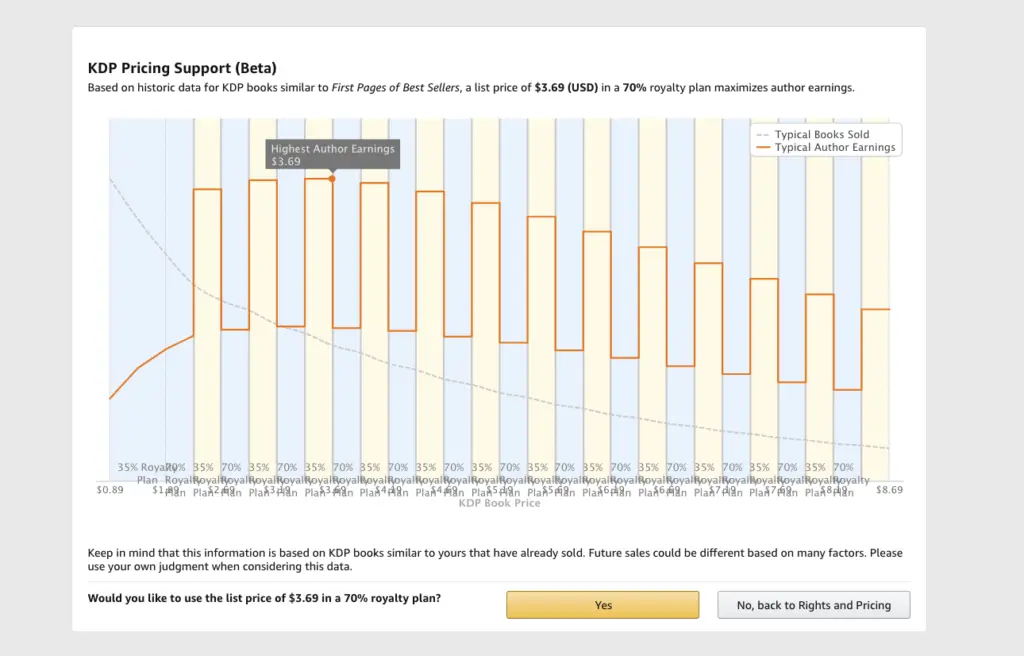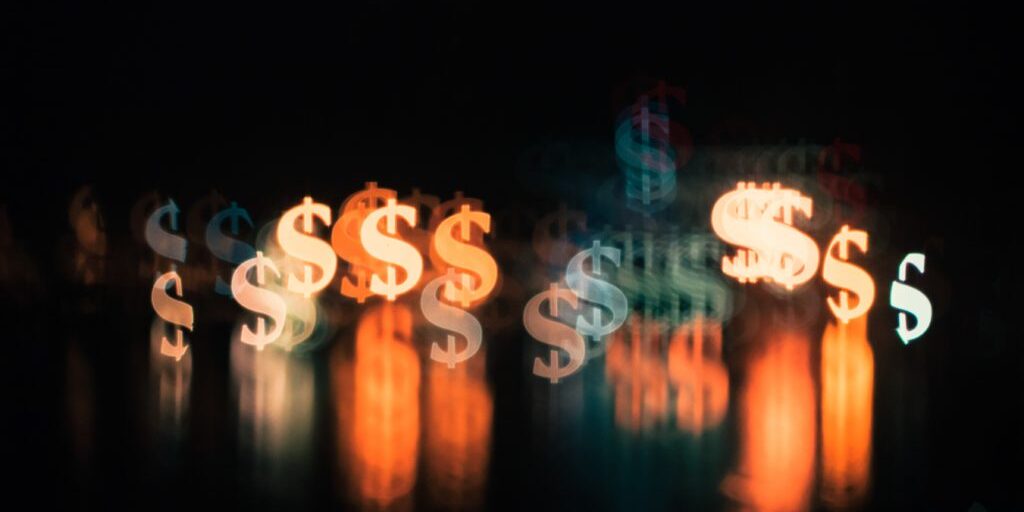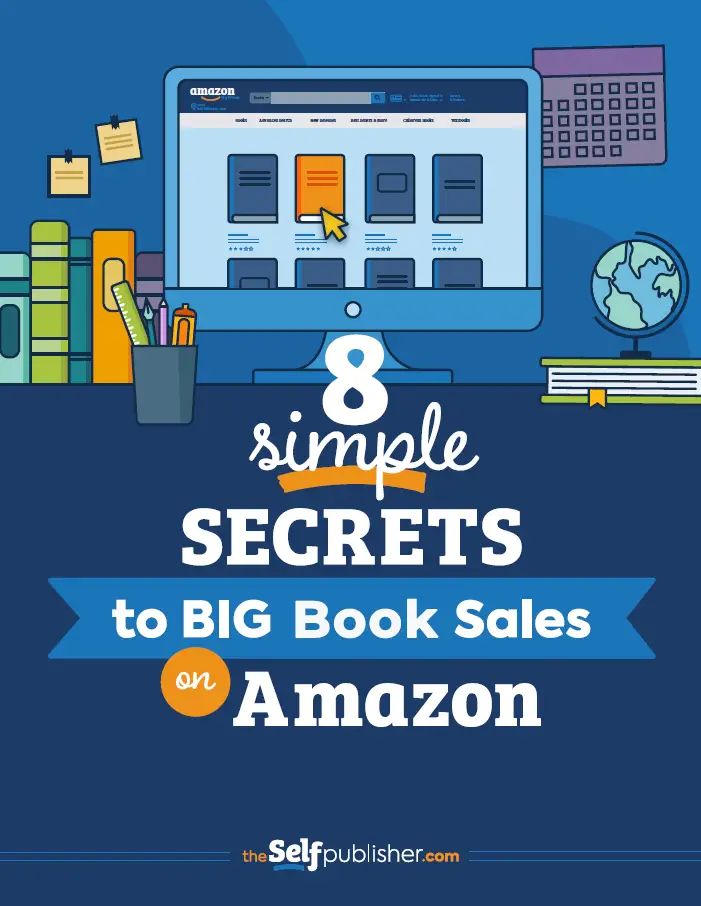You’ve written your book and it’s ready to publish. Congratulations! You now upload your manuscript and cover files and put your keyword phrases. Just a few more items to complete before you click “Publish” and send your masterpiece out into the world.
But … now you have to set a price for your book.
At the very least, you want the price of your book to seem reasonable for your genre. It makes sense to do some research and see what similar books are priced at, but there are some pitfalls with making this your only measure.
Let’s take a look at the strategy of smart book pricing.
What Are Some Key Considerations When Pricing Your Book
1. Your Marketing Goals
Your book pricing should reflect your marketing goals.
Pricing in the higher range makes sense if you’re more interested in making money than growing name recognition and fan base.
Pricing lower might equate to more sales over time and, hence, more loyal readers.
If you’re an unknown author and you need to build a mailing list (and don’t be remiss about getting that mailing list started—that’s the key to success!), a lower price—or at least running a lot of sales—may draw in readers who are hesitant to pay full price for a book by an author they’ve never heard of.
If you already have a book or two published, maybe part of a series, your goal might be to get new readers hooked on your writing and stories.
So, setting one book (usually the first book in a series) at a lower price can pull in new readers.
One great way to get people buying your book out the gate (which should be a top marketing goal!) is to use Amazon’s preorder (presale) feature.
You can put your book up for presale weeks before you’ve finished editing and polishing your book (you will need to upload some version of the book, though, as well as your cover and description copy).
During presale, price your book low and let potential readers know this is only for the limited period of your presale.
Getting a lot of early sales will raise your rankings in those best-seller lists, which helps the book get discovered, which will help generate more sales … and the cycle continues.
I always set a low presale price, and on launch day my books are often at the tops of best-seller lists out the gate.
Many successful authors will price a book (or numerous books) permanently free to achieve that desired reader base—something I do and have found to be the ticket to success—and that should get you thinking of something perhaps short you can write as that freebie or “loss leader.”
(There are ways to offer your book for free, either for a few days or permanently.)
But if you only have one book right now, giving it away probably isn’t going to help build your fan base and reputation, and let me explain why.
2. The Psychology Behind Pricing
Anything “permanently” given away for free implies the item is cheap and of little value.
Many readers believe in the adage “You get what you pay for,” and while they might be pleasantly surprised if your low-priced book is of higher quality than expected, they expect a certain measure of quality and length if they’re going to pay in the higher range of similar books.
And there’s a big drawback to selling a book on the cheap, and that’s the risk of a lot of negative or blah reviews from readers who picked up your book only because it was cheap or free.
A book that is regularly priced at free or below the price of a typical best seller in a genre, rather than temporarily put on sale, might make a potential customer hesitate.
Though, if the book has a plethora of excellent reviews or the author is well known, that might not be a problem. Price might not factor in when a reader goes to buy the latest novel from their favorite author.
However, some readers are just looking for cheap books to read and will only purchase ones that are free or $0.99.
Conversely, if a reader feels a book is priced too high for the genre she reads, she may give it a pass.
The last thing we authors want is for our target readers to decide not to buy our books because of the price—whether too high or too low.
You may wonder why so many things are priced ending in the digit 9 (as in $3.99).
Extensive research has shown that about 60% of advertised prices for anything end in 9, and 30% end in 5.
This is why you see Amazon set tiers with prices ending in 9.
Hence, set all your prices accordingly.
3. Pricing by Word Count or File Size
Pricing isn’t only about matching the price of your competition.
There are numerous factors that come into play with a pricing strategy.
While missing the mark on pricing will impact your book sales, you need to keep in mind that other factors might help or hinder your sales, such as your book cover, description copy, keywords, and promotions.
The first simple consideration of pricing is the size of your ebook.
Amazon suggests a minimum price of US $1.99 for a file size greater than 3 MB.
In Romance genres, it’s the norm to price novellas (under 40,000 words) at $0.99, and you will rarely see a self-published novella at $4.99 or higher.
One romance author who wrote one hundred “short” books suggests a pricing tier, with books under 3,000 (3k) words priced at $0.99, graduating in price to stories between 35-70k words at $5.99, and those 130k words and longer priced at $9.99.
In general, readers expect books with a low word count to be priced lower than books over 50k words.
It makes sense that a longer book, which requires more writing and editing, would cost more than a shorter book.
4. Genre
Negative reviews abound, even for best-selling authors—even for beloved authors—when books are priced out of the “expected” range for a genre. And this is where your research needs to get specific.
What genre and subgenre are you writing in?
You’ll need to take a look at the current best sellers in your genre and see how they’re priced.
Ignore the books being given away for free. Ignore the mega-best-selling authors’ books (because their huge following will pay higher prices for their books).
A tool like KDSPY can help you do this with ease.
As I noted above with the romance pricing considerations, every genre has its own reader expectations for pricing, so do your homework.
5. Amazon’s Beta Pricing
When you get to the KDP page to price your book, you may notice a section called KDP Pricing Support (Beta).
Amazon, being a deep database, can provide what they call “a snapshot estimate of author earnings and number of ebooks sold at different prices,” and they do this by drawing on sales data for books similar to yours.
This service can help you set your price as it uses real-time data. (Note this tool only applies to ebooks and only uses other KDP books for comparison.)
It pulls in data considering attributes of category, customer reviews and ratings, best-seller ranking, author’s past sales, and page count.


While Amazon’s data can be helpful, you may find that the price recommended seems to reflect more of the traditional publishers’ pricing than that of self-publishers.
I’ve read comments from numerous readers saying that they won’t pay those higher prices for ebooks—period.
So keep that in mind when considering going with the Amazon recommended price.
6. Publishing Paperback and Hardcover Editions
If you are also planning to publish your book in paperback and/or hardcover editions, the same research applies.
Weigh your page and word count against the pricing of various best sellers in your genre.
On average, paperbacks run between $9.99 and $19.99 US depending on the genre and whether it’s nonfiction or fiction.
Of course, a hefty textbook is going to cost a whole lot more than a slim self-help book or devotional.
The cost of producing hardcover editions can push your selling price way high.
If it’s important to you to have a hardcover edition, know that you may have to price it so you just break even rather than see any substantial royalties.
7. Factoring in Royalties
Royalties are the earnings you make on each book sale, and they’re a percentage of the book’s retail price.
Depending on the retailer, an author will get a certain percentage based on the price.
For instance, for an ebook priced at $1.99, you garner a 35% royalty on Amazon but 70% on the Apple iBookstore.
We authors all want to make money off our books, but aiming for the highest royalties at all times, as with setting the highest price at which books in your genre sell, may be like shooting yourself in the foot.
Use those smart marketing strategies mentioned earlier, and plan for a long career, not to “get rich quick.”
8. Testing

Consider running tests on your books.
If you’ve been averaging a certain number of sales for a few months, adjust your price up or down a dollar, and watch what happens over the next month or two.
If you aren’t switching up your advertising, keeping promotions about the same, this should tell you something about your efforts.
Be aware, though, that Amazon has specific minimums and maximums for pricing.
It’s best to look at the income earned (which you can check on your Amazon KDP dashboard in your reports, usually with a lag time of an imprecise number of days) vs. the number of books sold.
Putting your book up for sale at different times of the year can tell you something about seasonal reader response.
Depending on genre, marketing heavily in the late spring for “summer reads” along with special price reductions might account for most of an authors’ yearly sales.
I’ve found that doing most of my discounted pricing during January is the best course for both my fiction and nonfiction books—that’s because a lot of people get Amazon gift cards for Christmas, and they’re eager to spend those dollars after the holidays.
In conclusion, pricing strategies should be well thought out and part of a serious author’s marketing plan.
Set dates on your calendar with reminders to check your sales, adjust and play with your pricing, run discounted offers seasonally or at other desired times, and note the results.
A good pricing strategy will pay off in royalties and readers in the long run.
Featured Photo by Chronis Yan on Unsplash


